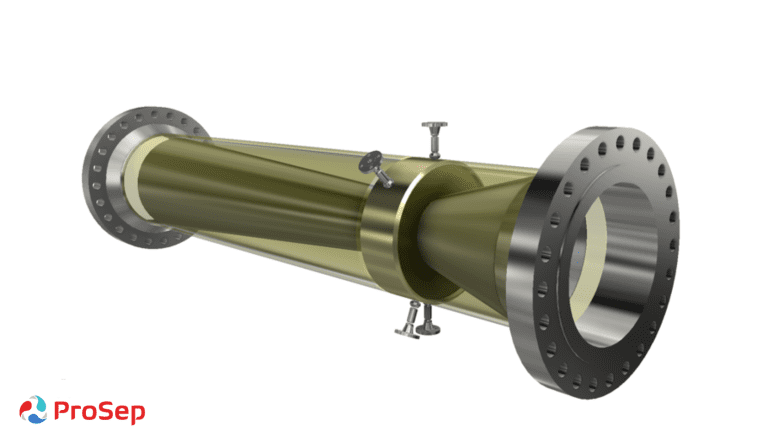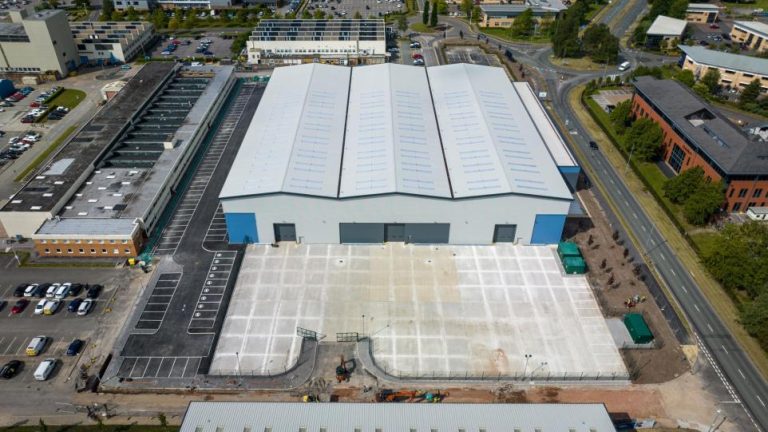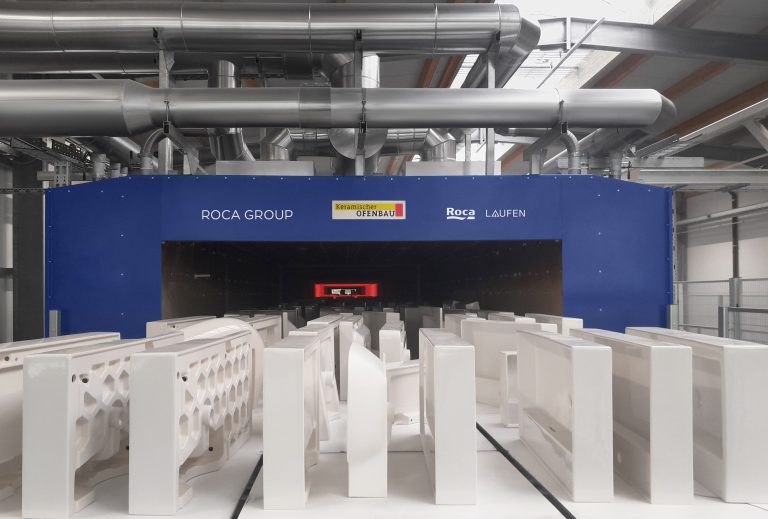MaterialsZone, the leading Materials Informatics platform for manufacturers’ R&D teams, and Kafrit Group, a global masterbatches and compounds producer, announced today their long-term commercial agreement enabling Kafrit Group to better utilize their data to develop improved products and provide an unparalleled customer experience to its clients. With a crowded, competitive landscape, constantly changing customer demands, supply chain challenges, and intensifying regulatory requirements, the manufacturing industry is facing increasing costs and prolonged time to market and delivery. The solution to this challenge hinges on harnessing data and becoming data-driven, yet these companies lack the necessary tools and expertise. MaterialsZone has developed a unique Materials Informatics Platform, leveraging data and harnessing the power of artificial intelligence and machine learning, enabling companies such as Kafrit Group to augment their internal capabilities and increase collaboration. Not only does the platform aggregate, enrich, and standardize data, but it also enables materials and data scientists to gain insight and knowledge on developing and improving products faster and at a reduced cost. “I see Kafrit Group as an ideal partner, not just because I’m confident they are confronting challenges we can assist with, but also due to their forward-thinking approach to innovation,” said Dr. Assaf Anderson, Founder and CEO of MaterialsZone. “This approach promises a smoother implementation and the potential for a successful outcome.” “The plastics industry is very crowded and constantly changing, which indicates innovation will be key to staying competitive,” said Kafrit Group’s CEO Daniel Singer. “Tools like that of MaterialsZone will bring a much-needed data and artificial intelligence revolution into the Group, leading us into a better future and a better position in the market. Furthermore, MaterialsZone facilitates team collaboration and synergies within the Group, allowing us to harness our global assets more effectively.” Materials and materials-based products are ubiquitous, ranging from environmentally friendly concrete, advanced alloys for spacecraft, enhanced polymers and plastics, next-generation batteries, and many others. Last year, companies across various industries invested 41.6 billion dollars annually in research and development (R&D). However, their limited data utilization capabilities call for a disruptive change, as indicated by the 25% compound annual growth rate projected for the Materials Informatics market. MaterialsZone closes the gap, empowering its customers to build better and more sustainable products while dramatically reducing costs. This partnership was envisioned and will be pursued in honor of Kafrit Group’s SVP BD & Innovation, Nadav Goldstein, who was killed on October 7th in Kfar Aza, Israel. Before his passing, he had this to say about the partnership: “With our global and expanding presence in the plastics industry, we constantly seek innovative tools to bolster our competitive edge and enhance the customer experience. The extraordinary team at MaterialsZone, along with their unique platform, will support our digital transformation process and will drive us towards a better future in which we can meet industry standards and our customers’ needs by enabling us to design our products with cost, sustainability, and functionality in mind.” For more information, please visit: https://www.materials.zone/ Building, Design & Construction Magazine | The Choice of Industry Professionals














